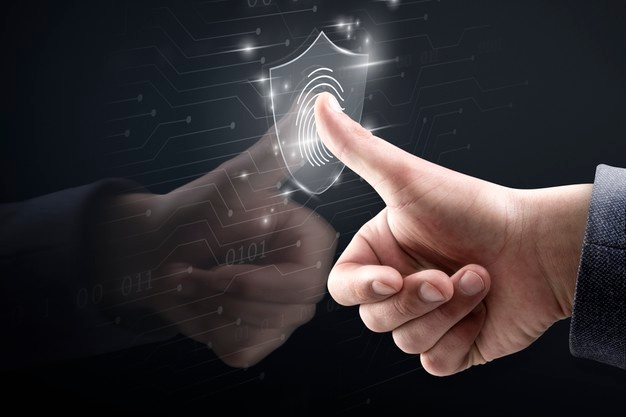What is an Access Control System?
When referring to a ‘physical’ Access Control system this typically includes locked gates, doors or barriers which can be opened using identity authentication methods such RFID access cards, pin codes, face recognition, finger prints or smartphones to allow entry to a building or certain area. This technology can also provide data to track how a building or site is being used, such as frequency and time-usage trends.
What are the benefits of Access Control Systems?
Access Control can help protect employees and contents and control & monitor who accesses the premises. The main benefits of access control systems are:
Easier access for employees
An Access Control system allows full control of which users have access to different areas/zones. Once authorisation is given, an employee can access all the areas they need for their job. Using a key card or inputting a PIN for example, the employee can access different doors, gates & barriers, or designated routes with ease.
No need for traditional keys
Using conventional keys has many disadvantages. For example, if you want to restrict access to certain areas this requires individual keys. Therefore, the larger the building, the greater number of areas - the more locks and individual keys required per user. This can lead to confusion about which keys do what. An access control system not only saves time for those accessing restricted areas but can also prevent visits from the locksmith if keys are lost or stolen. As keys can be easily duplicated, this also adds a security issue if an employee leaves and doesn’t hand the keys back or keys are lost or stolen. Electronic Access Control significantly reduces these problems.
Saves money
Access Control security saves you money on locks and security personnel. You no longer need a security guard for identification and permission as unmanned access devices can accurately and securely verify a person’s identity.
You can also integrate Access Control with third party systems such as lighting and temperature control. Lights can be set up to turn on when people are in a room and turn off when people leave. Temperatures can be set for when a room is unoccupied to further reduce on energy costs.
Keep track of who enters/exits the building
An access control system gives you data that keeps track of who and when someone enters and exits a building/room. This can be used for personnel attendance, fire safety management and tracking of staff on site should any issues or crimes be reported.
Protection against unwanted visitors
One of the benefits of using Access Control systems is that unauthorised people cannot enter. Since credentials are needed before a door will unlock, only those with approved access credentials can enter. With this system in place, you can rest assured everyone in your building is supposed to be there.
Employee freedom
Employees sometimes work different shift times; an Access Control system means they can enter whenever they need to without waiting for someone to unlock the doors or having a door that is always open without security measures. So not only do you have the ability to offer flexible schedules for employees, but with Access Control you can also check the comings and goings without physically being there yourself.
Protection against data breaches
Important data/information such as health documents, financial records and general client data are often stored onto company-owned servers. Access control systems can keep this information safe by restricting access to IT rooms and individual computers or networks, so only assigned individuals can access them.
Safe environment
Access control systems keep out anyone without the right credentials therefore keeping the people inside safe.
They can also keep people safe in the case of an emergency. For example, when an emergency such as a fire requires a quick exit from the building through the use of failsafe locks, the doors unlock even if the power cuts out, so all people can exit a building without the need to unlock doors.
Reduced risk of theft
You can protect your assets, equipment and supplies using Access Control. Once again you can restrict access so only trusted individuals can access. As employees know arrivals and departures are tracked this also deters theft.

